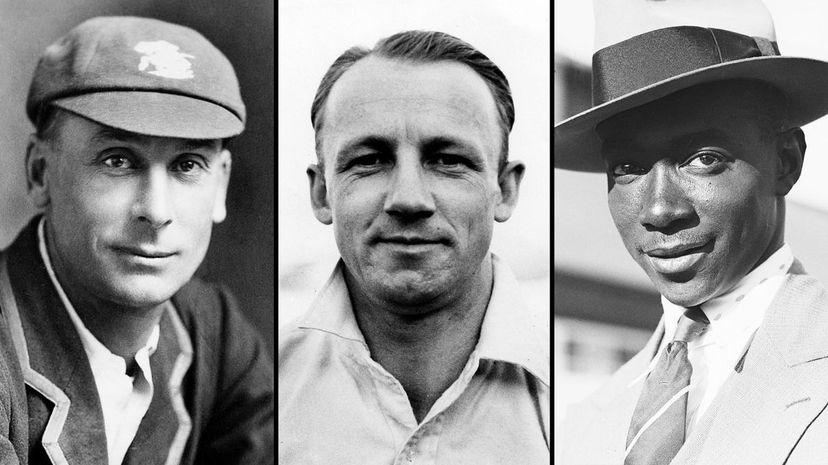
About This Quiz
"Search through your cricket knowledge in this fun sports trivia quiz! Can you name these famous cricketers from just an image? Test your visual recognition skills and see if you can identify some of the greatest players of all time. From players of the past to current superstars, challenge yourself to see how many names you can match to their faces.
Whether you're a die-hard cricket fan or just enjoy playing sports guess the cricket player quizzes, this challenge is sure to keep you entertained. Take a break from your day and see if you have what it takes to guess the cricketers correctly. Who knows, you might even learn something new about the history of this beloved game along the way!
Get ready to play, have fun, and put your sports knowledge to the test. With images of iconic players from various eras, this quiz is perfect for anyone looking to brush up on their cricket trivia. So grab your cricket bat, put on your thinking cap, and dive into this exciting challenge today!
"
Stafanie Roxann Taylor isn't just recognized for being a great female cricketer. She was also named the ICC Cricketer of the Year, the first woman ever to be so honoured. Taylor started her career with an impressive, enthusiastic play, and her trajectory is something players of both genders should look to as an example.
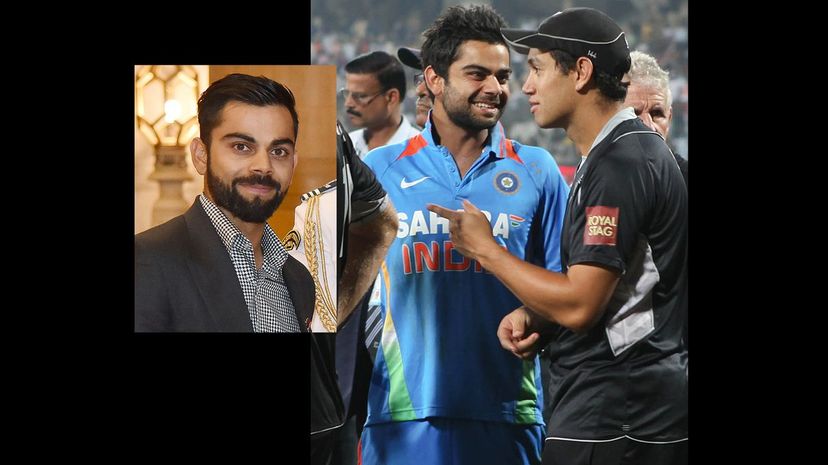
Virat Kohli is the captain of India's national men's cricket team, and he is a remarkable batsman. He plays for the Royal Challengers Bangalore and is also their captain. Perhaps very strikingly, he is one of the wealthiest cricketers in the world, with a personal fortune between £38 million and £80 million, depending on whom you ask.
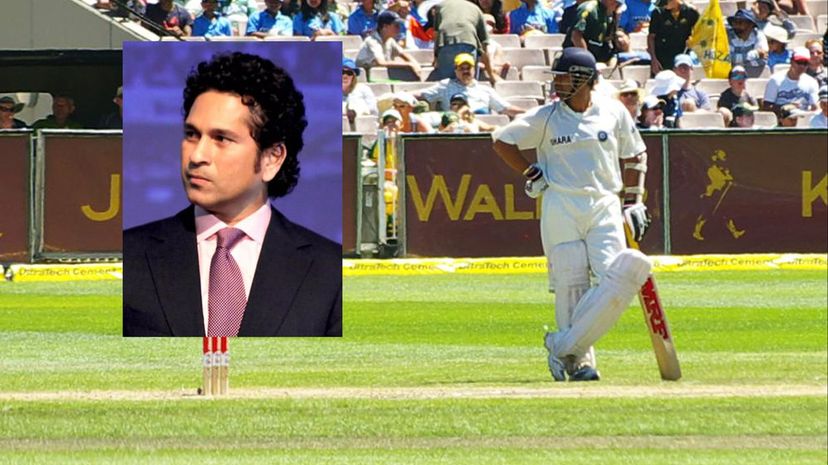
Sachin Tendulkar isn't playing anymore, but he remains in contention as the greatest player of all time. Name any batting record, and it's probably his. Most runs in tests and ODI? Tick. Most runs in international play? Tick. Only player to bat one hundred international centuries? Tick. Small wonder he is one of the most recognized names in the game.
Advertisement
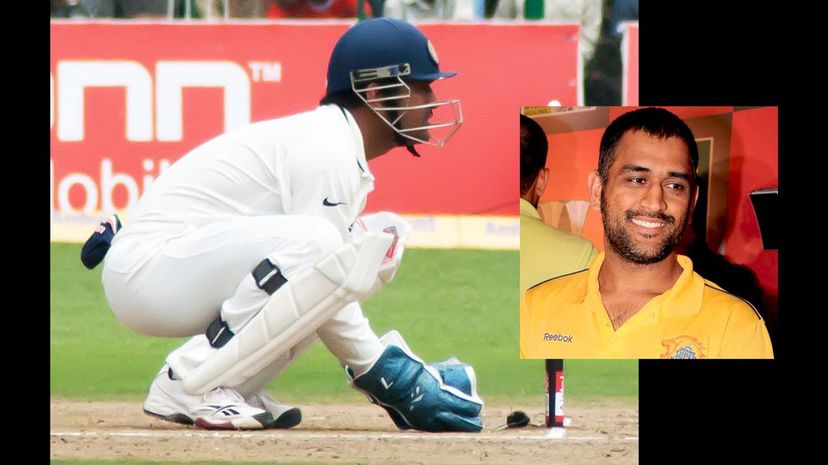
MS Dhoni captained the Indian national team to wins in the following order: 2007 ICC World Twenty20, 2010 Asia Cup, 2016 Asia Cup, 2011 ICC Cricket World Cup, and finally, the 2013 ICC Champions Trophy. With over 10,000 runs scored, Dhoni is one of the highest run-scorers in ODI play.
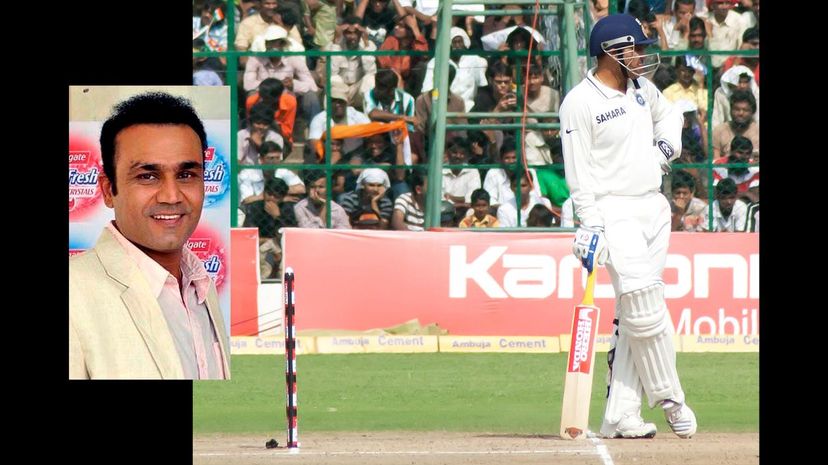
Considering his astonishing skills as a batsman, it's impressive that Virender Sehwag bothered with spin bowling at all. An aggressive, right-handed opening batsman, Sehwag is one of only four batsmen to surpass 300 twice in Test cricket. In reaching 300 off in only 278 balls, he became the fastest triple century in international cricket.
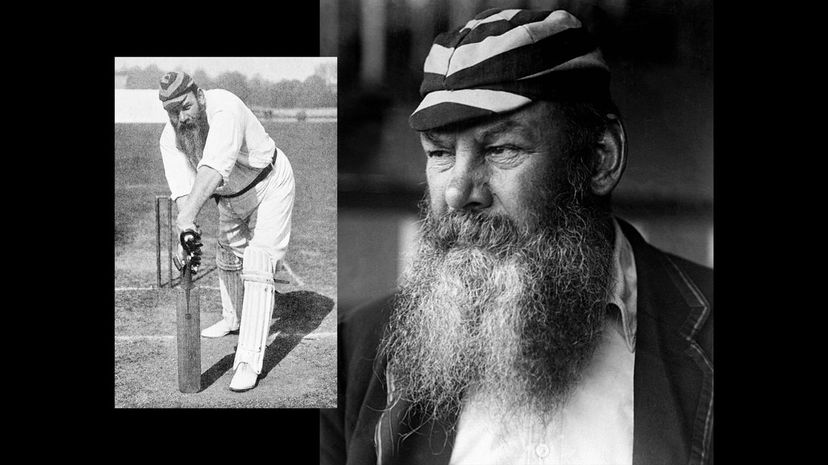
W.G. Grace didn't invent cricket, but he is the single most significant force in making it what it is today. W.G. (short for William Gilbert) wasn't just a great player with a long career; he was a character, a cartoon with a long beard and a mighty girth. Without W.G. Grace's contributions, cricket would look very different today.
Advertisement

Ellyse Perry is a once in a generation talent. Not only is she the youngest player ever fielded by the Australian national cricket team at only 16 years old, but she was also simultaneously on Australian national teams for cricket and football. Now well into her career, this technical master still has time to show the world her talents.

Yuvraj Singh played in ODIs for the Indian national team from 2000 to 2017, and in that time, at the 2011 ICC Cricket World Cup, he was named Man of the Tournament. During this period, he set records and confronted cancer. His record of 50 runs in 12 balls is the fastest 50 in Twenty20 cricket, international or otherwise.
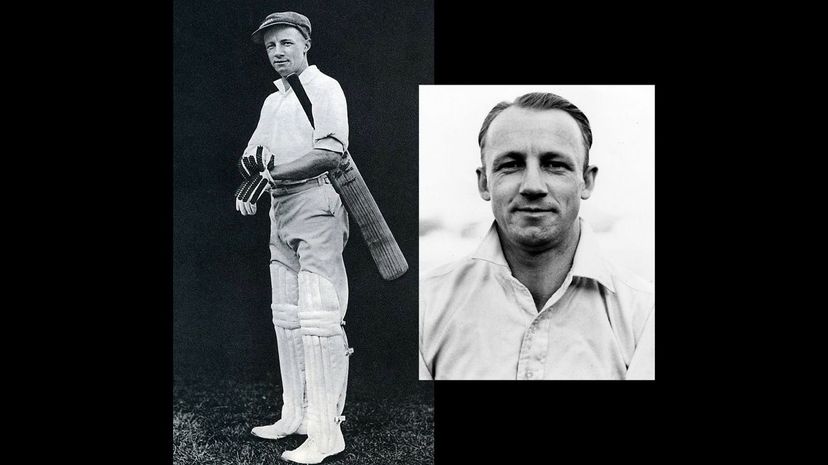
Any discussion of the cricket greats has to involve Donald Bradman. The top line in any piece about him has to be his gaudy numbers, his batting average in particular: 99.94. Bradman accomplished this during the Great Depression, becoming a shining light in a period of terrible darkness.
Advertisement
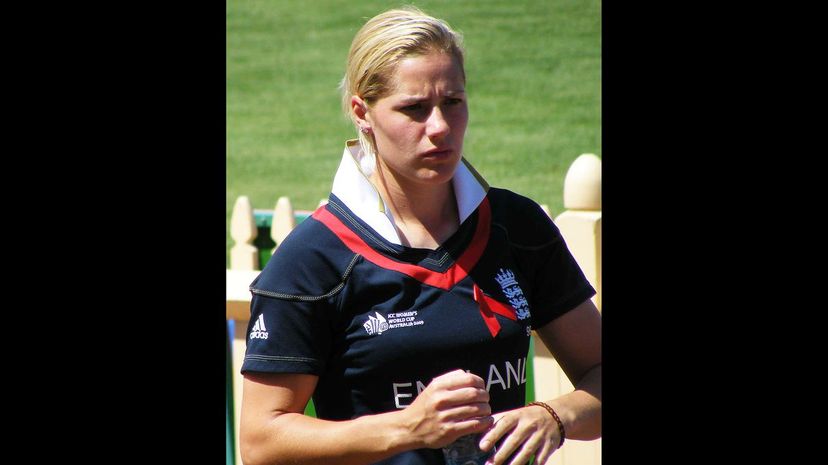
England's greatest fast bowler, Katherine Helen Brunt took her 150th wicket in a series against Pakistan in 2019. A player for England's national team, she also plays for the Perth Scorchers. In 2017, as a member of the England team, she was part of the squad that won the 2017 Women's Cricket World Cup.
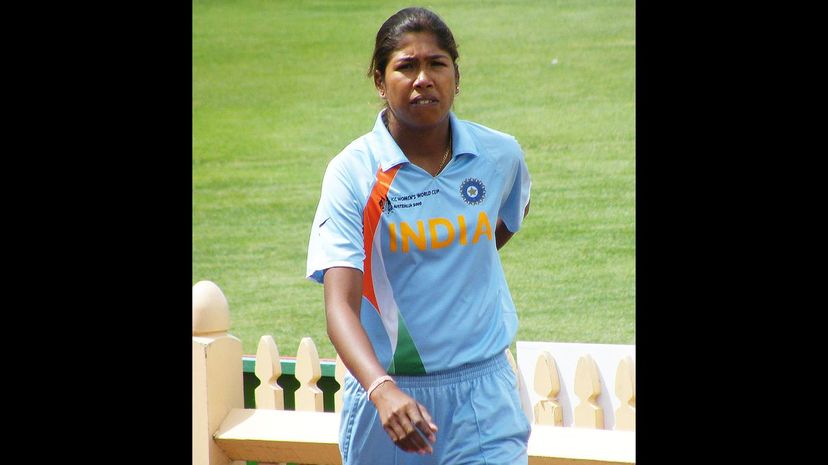
Skilled in both batting and bowling, Jhulan Goswami is a key player on India's national team. After leading the Indian team to its first test series win on English soil, she won the ICC Women's Player of the Year. In 2011, she was awarded the M.A Chidambaram trophy for Best Women Cricketer.

Australia's Shane Warne isn't just a great player; he is a great personality. He was a great bowler, but the way he came back from repeated surgeries on his finger and shoulder meant he was more than just raw talent. He survived without his most lethal weapons, pitching with psychology and tactics in mind, not just his best stuff.
Advertisement
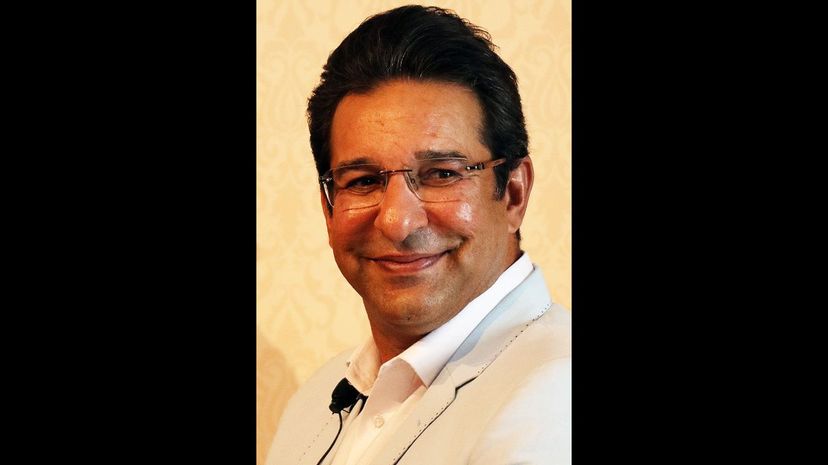
Wasim Akram was one of the great left arms of the 1990s. He is the only lefty bowler to take 400 Test wickets, and in the 2003 World Cup, he became the only bowler to take 500 wickets in ODI. His batting was inconsistent, usually hovering around 22 but occasionally perfect or nearly so.
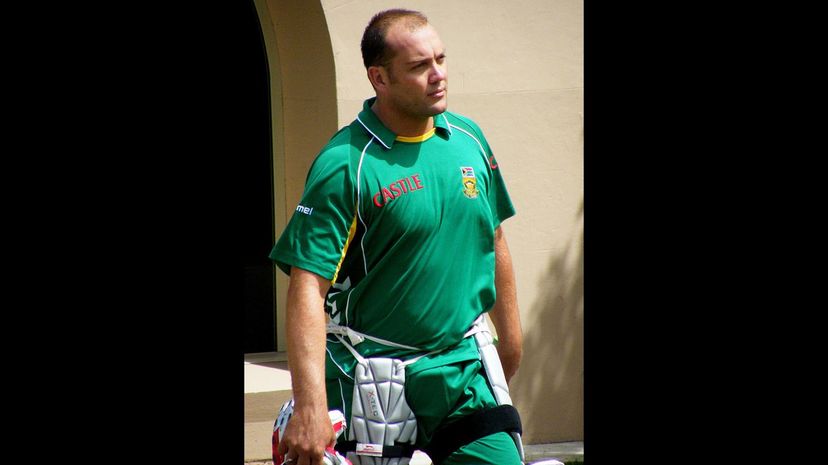
Jacques Kallis isn't a towering record holder, nor does he have a trophy room full of priceless artifacts. Still, he did lead South Africa to win the inaugural ICC Champions Trophy. Despite a lack of flash, he did have his moments, mostly due to his dogged determination to stick to fundamentals and play the game by the book. Indeed, a member of the old school.

Jack Hobbs was an outstanding player until he was 40 years old, and then he got even better. From the age of 40 to the end of his career, he improved his average of 45.93 to 50.70. By the time he retired, he had surpassed WG Grace's runs and centuries records, and done it all with a sense of decency and total lack of showmanship.
Advertisement
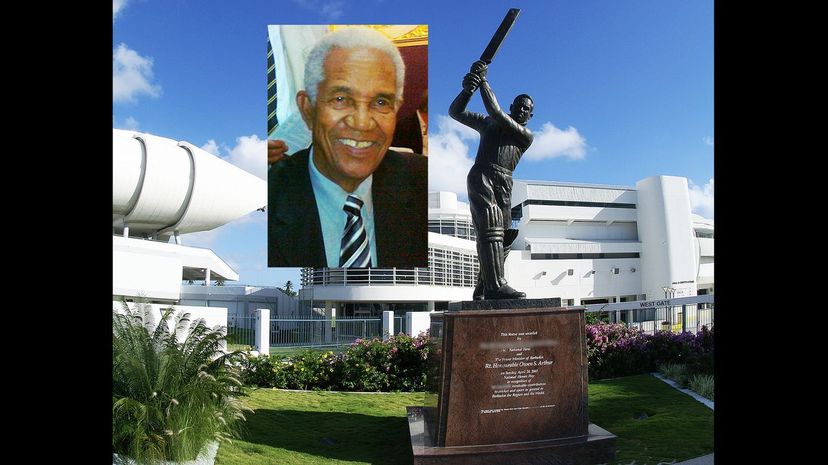
Garry Sobers could bowl. Garry Sobers could field. Garry Sobers could bat. While many of his numbers have since been eclipsed, Garry Sobers was, in his time, the greatest batsman of his generation, and one of the highest run-scorers ever.
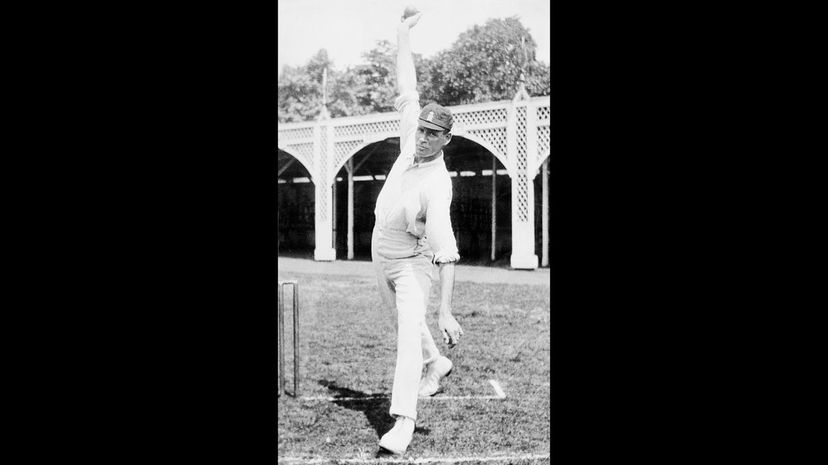
Sydney Barnes was plucked from obscurity to join the England national team and dominate Australia in his first game in Sydney. Following his explosive debut, he played League and Minor Counties cricket. Entirely self-taught, he found how to generate lift with his pitches, allowing him to move the ball in the air both ways.
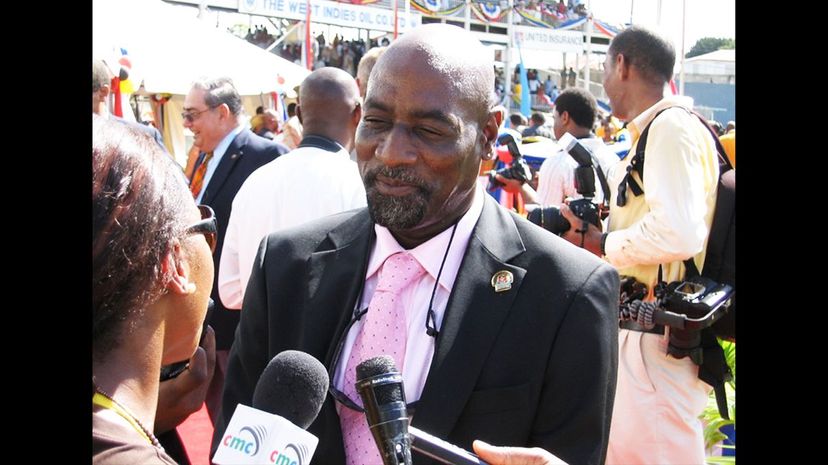
Sir Viv Richards didn't just play like a champion; he acted like one. In an era of smaller batting, he developed a trademark whip through mid-wicket from a delivery outside off-stump that no one has successfully duplicated. Moreover, his overwhelming sense of destiny bled into his teammates, who played better for his presence.
Advertisement
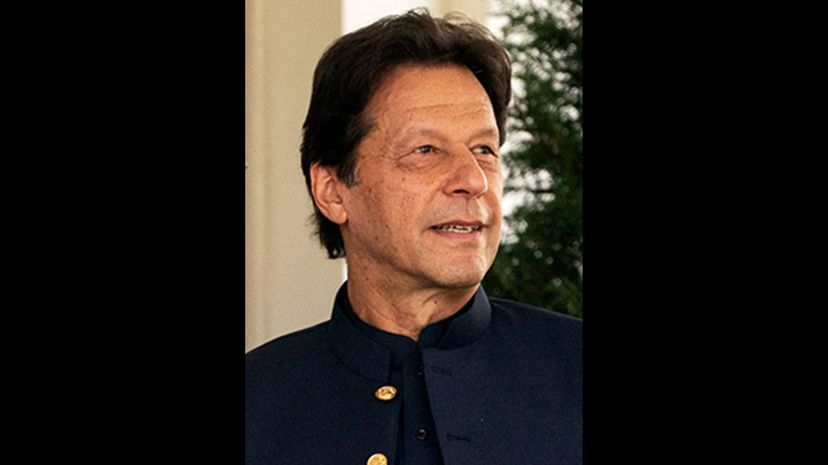
Imran Khan is one of the national heroes of Pakistan. An excellent fast bowler, he inspired a generation of fans to emulate his style of play despite Pakistan's flat wickets. With Khan in charge, Pakistan went toe to toe with the formidable West Indies teams of its day. Of the four great all-rounders of his generation, Khan is the only one who seemed to retain all his powers even as he aged. Khan is also the current Prime Minister of Pakistan.
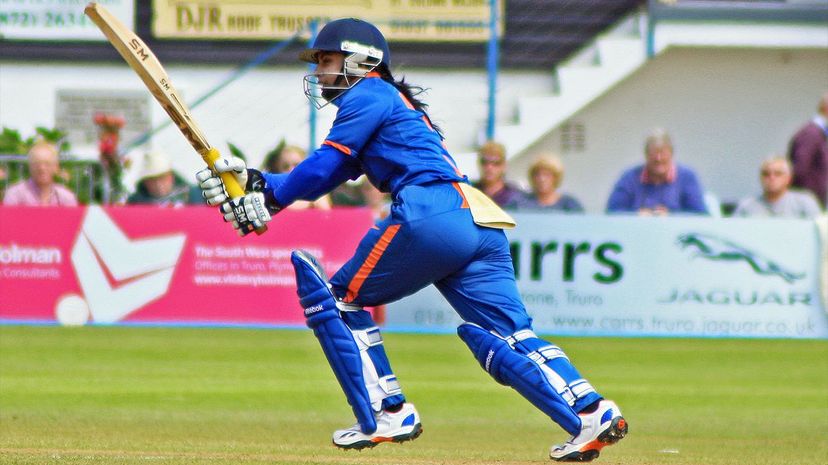
Mithali Raj is perhaps the greatest batswoman ever to play cricket. She holds records in most half-centuries in WODIs, most runs in WODIs, only female cricketer to pass 6,000 runs in WODIs, and she scored seven 50s in a row in ODIs, making her the first to do so. In 2019, she became the first woman to play in 200 ODI matches.
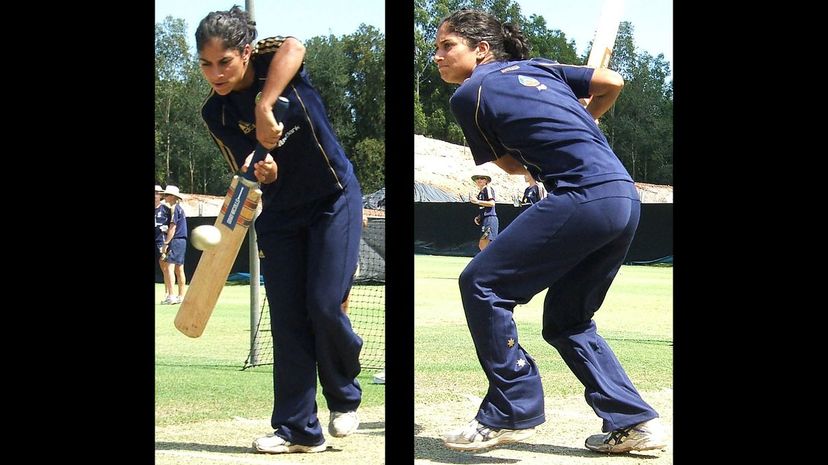
Not only was Lisa Carprini Sthalekar the best overall player when she was introduced to the game, but she also became the very first female cricketer to take 100 wickets and score 1,000 runs in ODIs. Twice named Australian International Women Cricketer of the year, she plays for Australia's national team and is the captain for New South Wales.
Advertisement
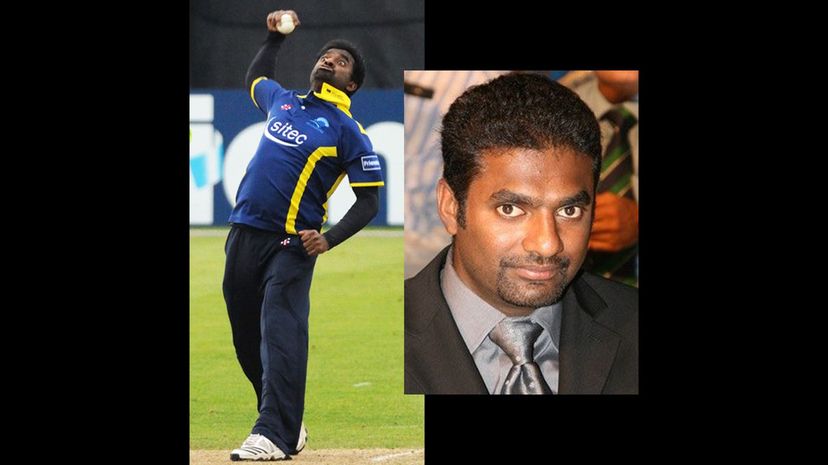
Muttiah Muralitharan stands alone among the most polarizing cricket greats. The leading wicket-taker in Test and ODI cricket, he set a record with his final Test wicket, marking a record of 800 wickets in Test cricket. His bowling action and effectiveness was the reason for the introduction of the 15-degree of tolerance rule.
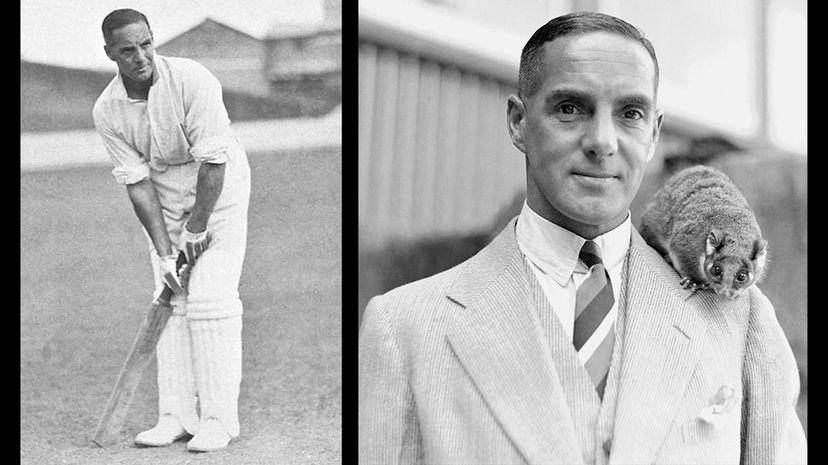
Herbert Sutcliffe averaged 60 in Test cricket. Let that sink in. He wasn't the marquee name for his teams, often playing behind more illustrious names, but his consistent, grinding, never say die style of play meant that eventually, he would push through. He was on his best form with his back against the wall, and an aggressive bowler trying to show him up.
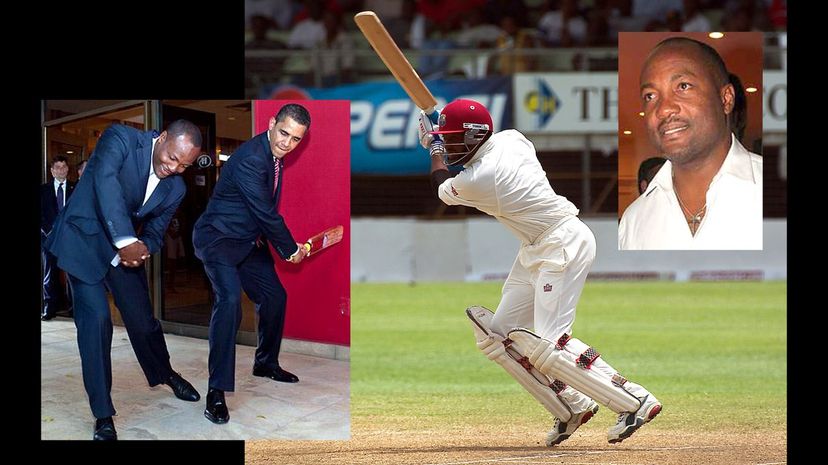
Seven centuries in eight innings. That would be enough to sum up why Brian Lara is one of the greatest cricket batsmen of all time. Lara broke Garry Sobers' long-standing Test score record, but then Matthew Hayden broke his record, so he broke Hayden's record, setting the new figure at 400. Perhaps most surprisingly, Lara's team wasn't even particularly good aside from him, and yet they would still win.
Advertisement

Ian Botham's top line: he led England to win a record five Ashes series. In 21 Test matches, he set the record of 1000-run/100-wicket double. In 25 Tests over his career, he compiled an average of 40.48 batting and 18.52 bowling. The 1981 Ashes proved a high point for him, and he never quite reached that mountaintop again.
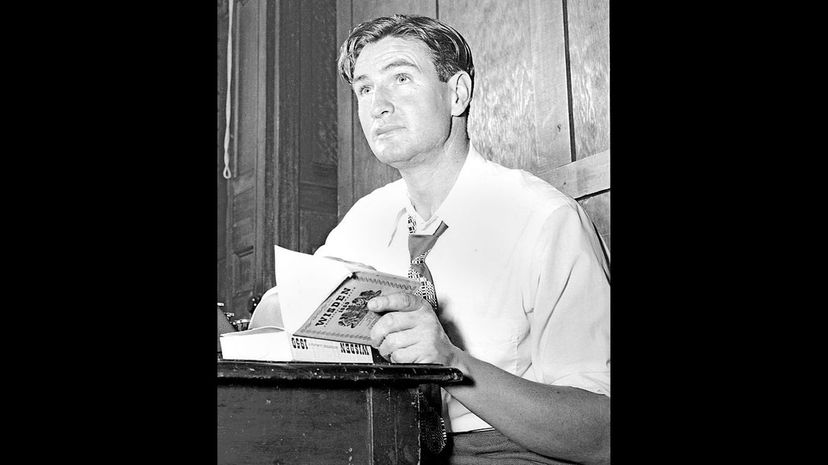
Keith Miller was a great player, but an even more interesting man of his age. Tales abound of his strange stories or offhand comments. It is said he once turned up to a game still in full black tie from a party the night before, taking seven wickets to bowl South Australia out for 27. Once asked if he felt pressure while playing cricket, he cited his experience as a fighter pilot, saying, "Pressure is a Messerschmitt up your ... " well, you can sort out the rest.
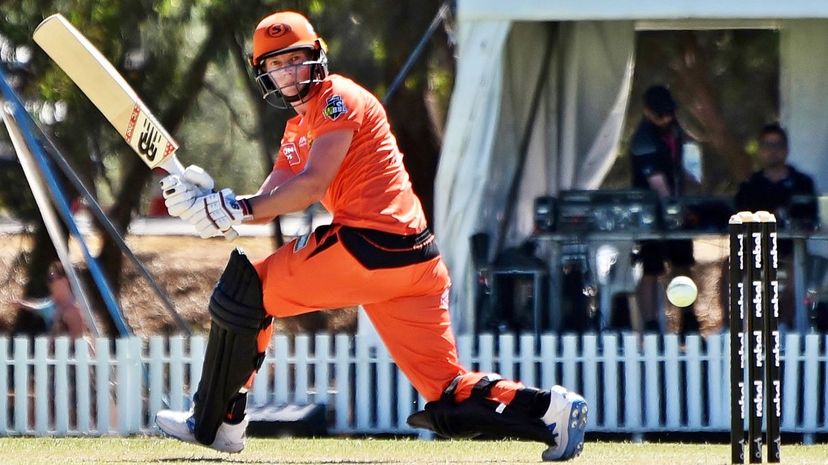
Meg Lanning is one of Australia's greatest female cricketers. In WODI play, she holds the record for the most centuries for any player. In 76 ODI innings, she scored 13 centuries, and she holds a record 625 runs scored in one year of Women's Twenty20 International play.
Advertisement
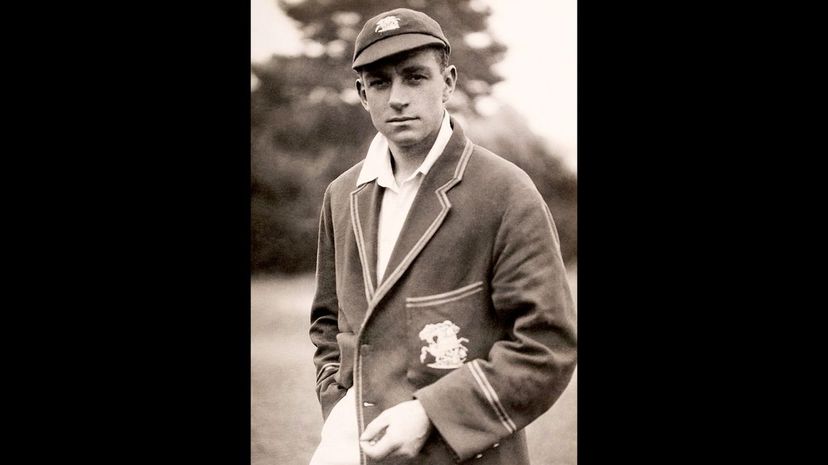
With upward of 800 catches, Wally Hammond was who captains wanted in the slips, but defence was only part of the story with Wally Hammond. As a batsman, he was the first to break the 6,000 and 7,000 thresholds for Test runs, and 336 unbeaten innings in Test play against New Zealand.
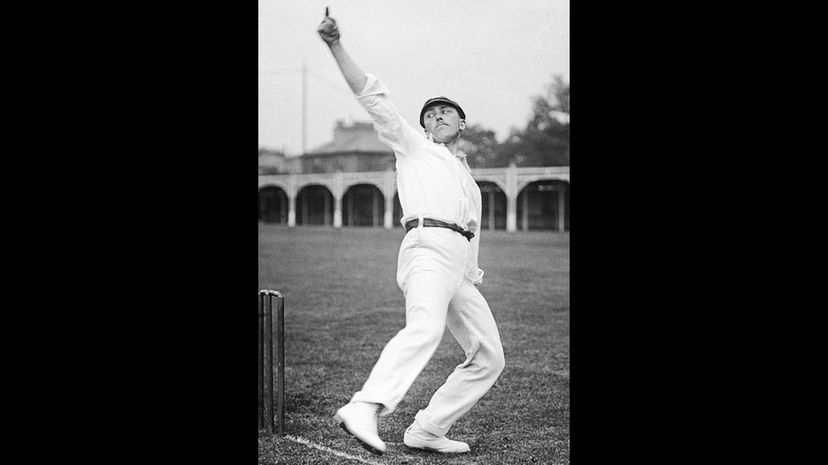
Wilfred Rhodes seemed to sprout from the ground. A nearly perfect all-rounder, he came only 31 runs shy of a 40,000 run/ 4,000 wicket first-class double. In a career from 1898 to 1930, Rhodes pieced together a record 4,204 first-class wickets, a record that remains the most in the history of the game. Interestingly, he has, in his career, batted in every position in the order.
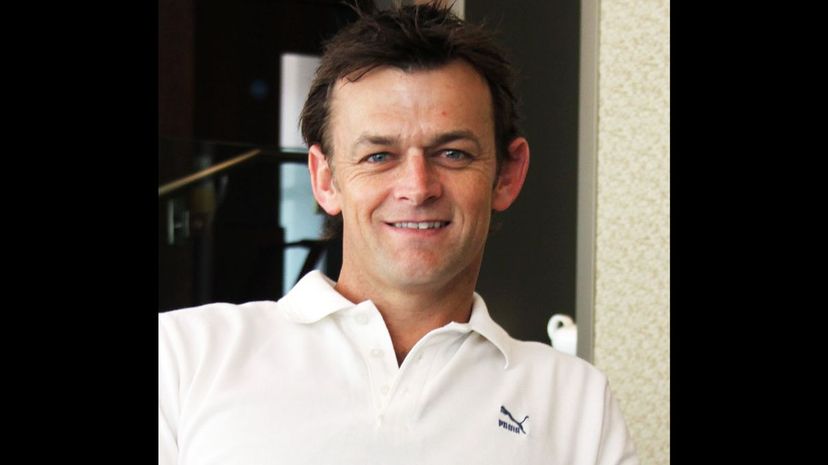
Australia's Adam Gilchrist brought wicketkeepers into the modern era. Before his ascent, wicketkeepers were expected not only to fit a certain type of personality but also not be particularly good batsmen, batting low in the order. Adam Gilchrist was a ray of Australian sunshine and a dominant batsman, both of which were contradictions of the status quo. In a final with Sri Lanka in 2007, he hit 149 in 104 deliveries.
Advertisement
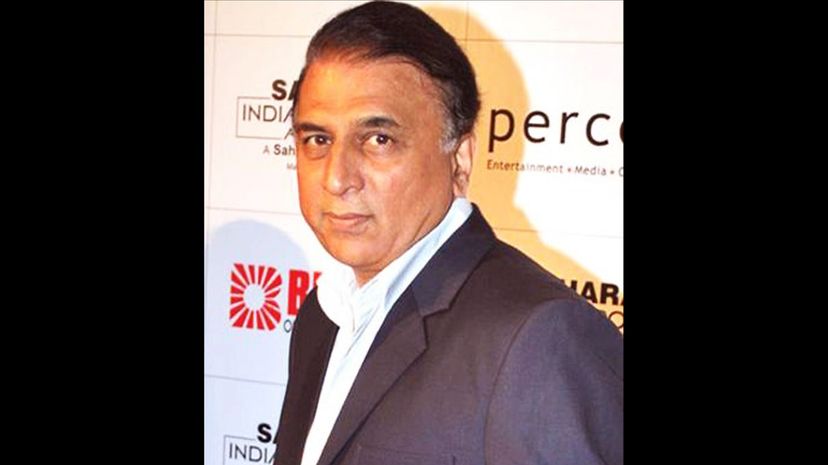
Sunil Gavaskar was the first player to reach 10,000 Test runs. He was one of the few players who could hold a candle to the West Indian teams of the 1970s and 1980s, providing plenty of challenge with both his defence and batting. A smaller player whose teams never measured up to his talent, he did not notch as many victories as, perhaps, he should have.

Whitechapel's own Sarah Jane Taylor is as intimidating on the pitch as any player. Perhaps her most notable achievement is that, at Chelmsford in 2009, she scored the highest individual score versus Australia by any English woman. Add to that Lord's in 2008, where she set a new record for the highest stand in women's ODI cricket. This involved a first wicket partnership of 268 with Caroline Atkins.
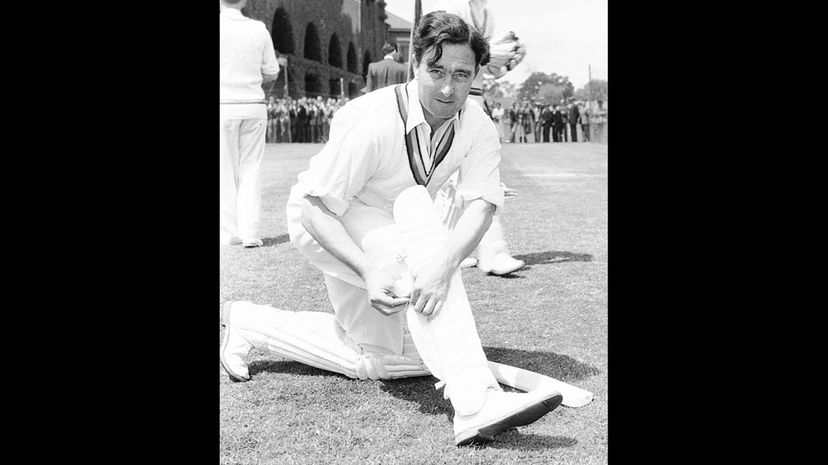
In the doldrums after World War II, Denis Compton was a bright spot. Handsome, talented, and a master of both cricket and football, he and his brother won the 1950 FA Cup together for Arsenal, and that was just a footnote in his career. In 1947, Denis Compton scored 3,806 runs in all first-class cricket, with 18 centuries.
Advertisement
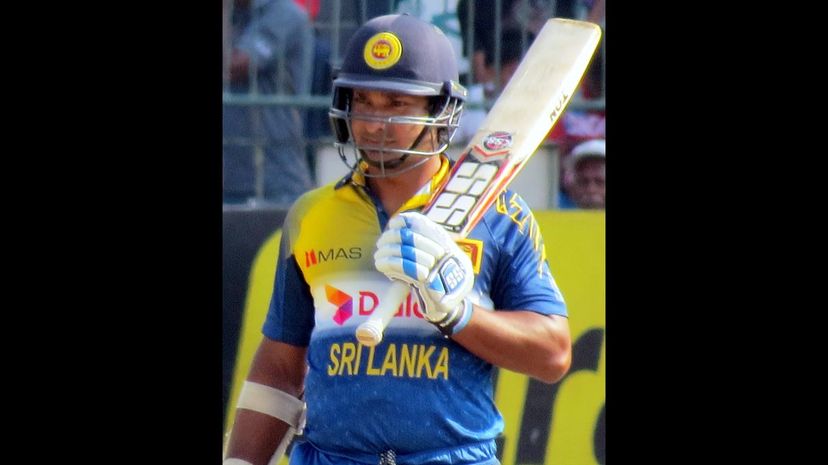
Kumar Sangakkara was a brilliant wicketkeeper who used his considerable verbal skills to climb into the heads of batsmen and take the edge from them. His nearly mythical ability to score runs was just as important to his overall skill set, with a consistent approach to batting that turned heads everywhere he played.
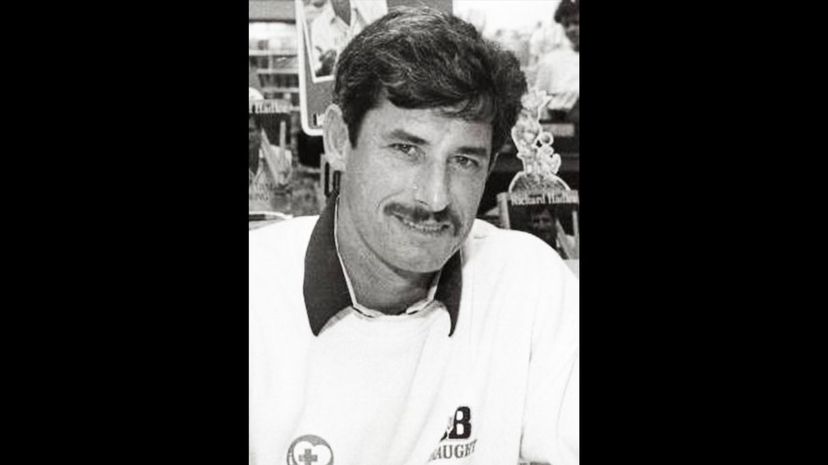
Cricket is no Mount Everest, but when Sir Edmund Hillary passed away, some posited that made Richard Hadlee the greatest living New Zealander. One of the great all-rounders of his generation, he was more focused on bowling than batting, with a detail-oriented approach to bowling, and a come-what-may, instinctual approach to batting.
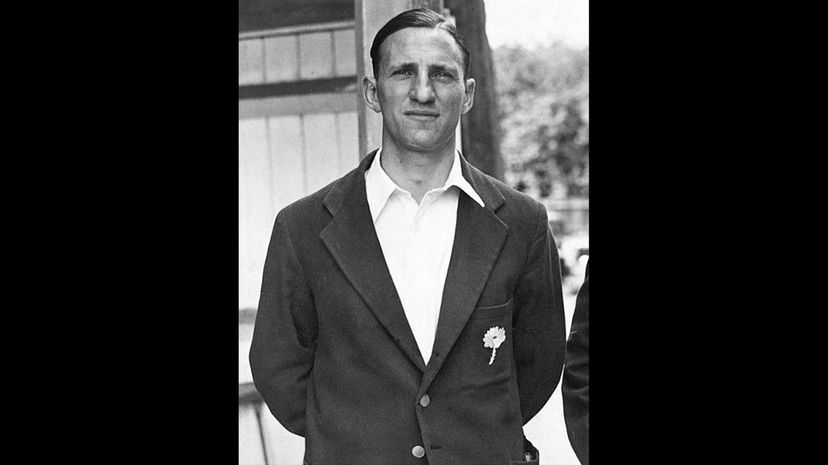
Len Hutton's first Test match was an abominable failure. That is just about the only blemish on his career. He turned in an innings of 100 in his next Test, and the rest is history ... almost. During the War, Hutton was injured in a gymnasium, and the surgery resulted in a left arm two inches shorter than it had been. Still, after the war, he continued in his greatness, becoming the first professional captain for England.
Advertisement
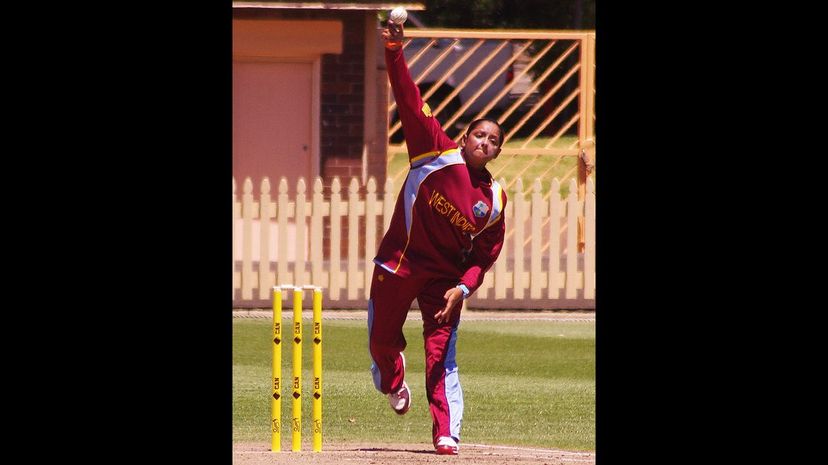
Not only is she the first female cricketer to take 100 wickets in T20Is, but Anisa Mohammed is also the first cricketer to do this at all, capping her record at 113 wickets. One of the aspects of Anisa Mohammed's record that makes her so impressive is that despite having an impressive debut in international play, budget shortfalls meant she couldn't play in that arena for three years, forcing her numbers down.

Glenn McGrath's career was long, so long that he compiled a record 563 Test wickets before retirement, a number equaled by no other seam bowler in the game. In 30 Ashes tests, he won 22, and his 7-15 record against Namibia in the 2003 World Cup remains a record. Add to this three World Cup-winning campaigns, and McGrath surely looks like a legend.
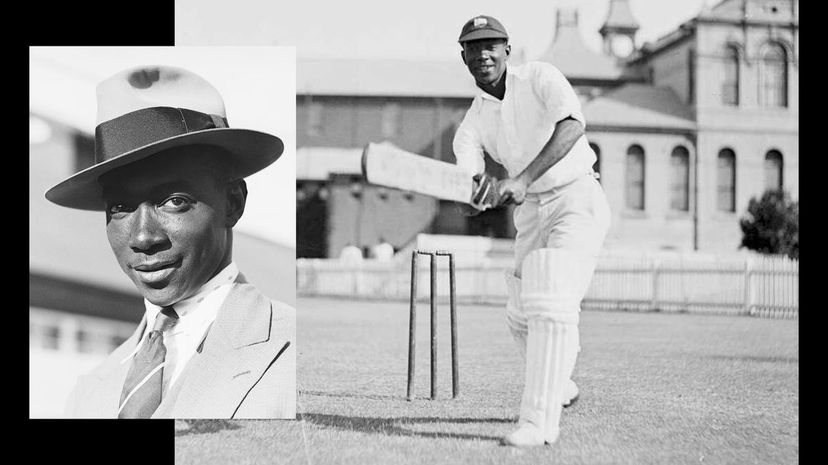
Panama produced some of the finest athletes in all of sport, and George Headley is a perfect example. One of the two most prolific batsmen of his age, George Headley was the first batsman to score two centuries in a Lord's Test match. His prime years were disrupted by the second World War, but he remains one of the finest players to emerge from the West Indies.
Advertisement